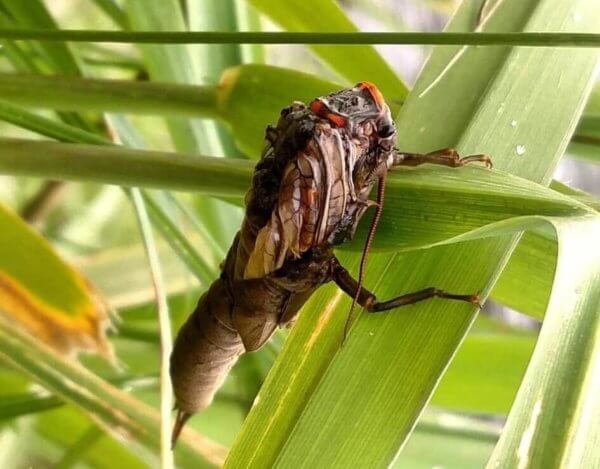Choosing the best stonefly nymph patterns is trickier than subsurface choices for most aquatic insects. This is due to many factors, starting with many stonefly’s extended life cycles. Caddis, Midge, Cranefly and Mayfly life cycles take place over a single year. That’s important because, when imitating the nymphal /pupal forms of those species, all nymphs are the same size.
This is not true of the stonefly. Some stoneflies have a one-year cycle, while others have a 2- or 3-year cycle. This is significant for the nymphing angler, explained using our premier stonefly hatch, the Salmon Fly.


SIZE MATTERS, SORT OF
The Salmon Fly has a 3-year life cycle and when mature, nymphs are approximately 51-54mm long. Simple math tells us this. 3-year old Salmon Fly nymphs are 51-54mm, 2-year old Salmon Fly Nymphs are 34-36mm long, and 1-year old nymphs are 17-18mm long. Due to natural mortality, there are many more 1-year old nymphs than 3-year old nymphs.
Gestation periods vary, with smaller stones having a shorter gestation period. Nemouras and Yellow Sallies are on a 1 year cycle. Skwalas and mid-size Goldens have a 2 year cycle, while larger Goldens join the Salmon Fly in 3 year cycles. This is important when choosing the best stonefly nymph for species with multi year cycles- the nymphs work in 2 or 3 sizes.
Perhaps more importantly, stonefly nymphs with multi-year cycles are available to the trout year round. The best stonefly nymph patterns don’t just work at hatch time, they work all year. Stonefly nymphs are big, with year round availability- no wonder these nymphs are so important in a trout’s diet.
Starting seasonally, the Nemoura is the first important stonefly to appear in Missoula. This little black stonefly is very prolific, and when the nymphs stage in the shallows prior to emergence, the trout know. Our best stonefly nymph patterns for the Nemoura is the French SR Bullet in Black, followed by the Black Widow Perdigon. Both nymphs do double duty as a Capnia nymph as well, if a warmer spring has got the trout moving early enough to feed when they emerge.
The Skwala is the first larger stonefly to start moving in Missoula, and when the nymphs start to stage, trout move to the shallows to follow them. The Peacock Double Bead Stone, Olive Double Bead Stone and the 20 Incher all work very well throughout the spring.
When the Salmon Flies begin to emerge, our best stonefly nymphs are the Black Double Bead Stone, the Tungsten Black Stone and the classic Bitch Creek. Depending on water levels, these nymphs will need additional weight to get to the fish. Also, in faster water, a flash of orange will often trigger the fish. As rivers drop and clear, a subtler nymph is needed.
The Yellow Sallies are an incredibly prolific nymph, and trout key on them sub-surface due to quantity. The G Kes, Iron Sally Jig and the Biot Epoxy Jig. All are very effective late spring and early summer. Again, depending on water levels, you may need additional weight, though in higher water the larger Golden Stone nymphs may be more effective.
The Golden Stones are made up of many different species, explaining the size variation from 6-12. While called Goldens, the nymphs run more to tan and darker, making the Double Bead Hare’s Ear Nymph, 20 Incher and the Natural Zirdle Jig are very effective during the hatch. Make sure to carry size variation in these flies to cover the size the trout are focusing on.

Double Bead Hare’s Ear
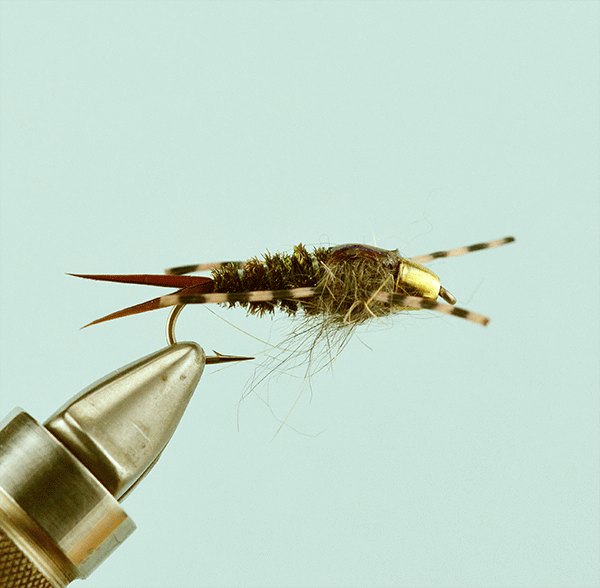
20 Incher
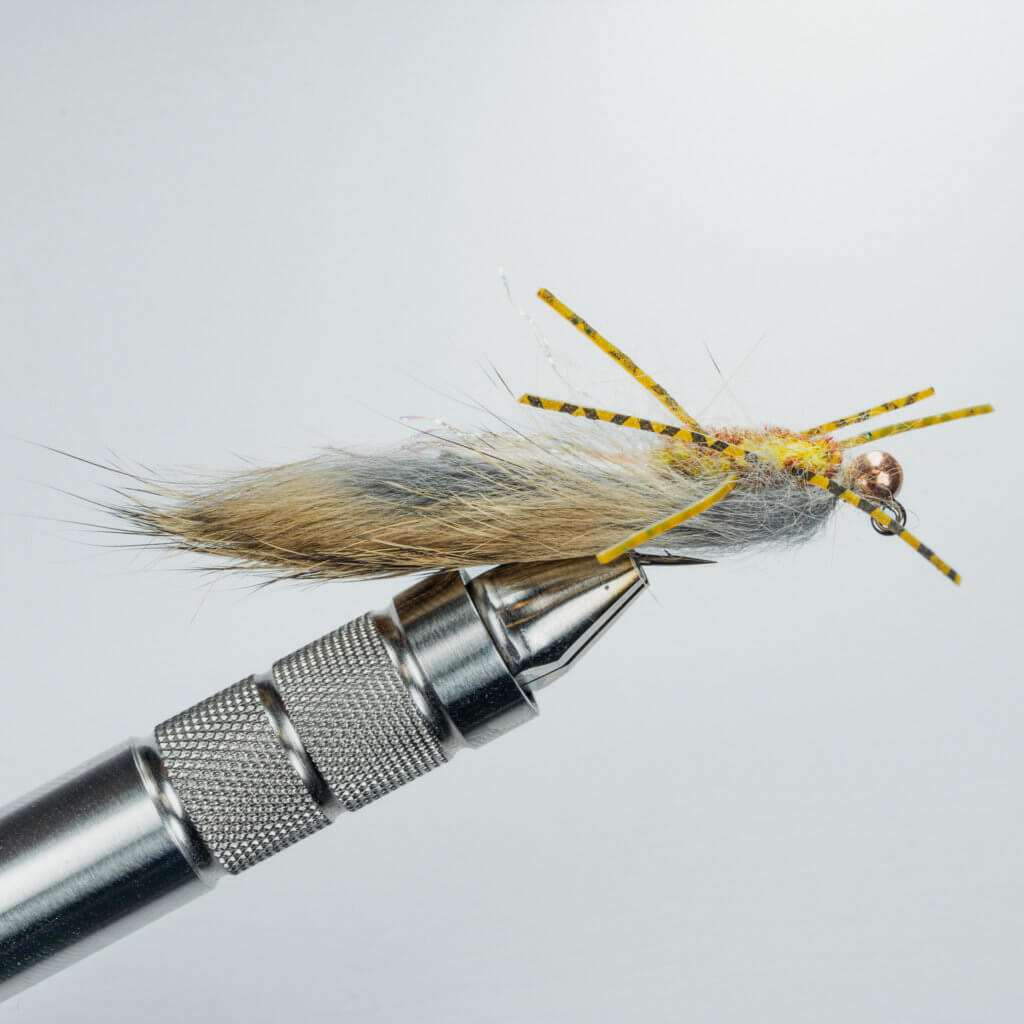
Zirdle Jig Natural
IT’S ABOUT TIME THESE GOT MENTIONED
The flies listed above are our best stonefly patterns that match a specific hatch, but day in and day out in Missoula, they might not be the best stonefly patterns. By sales in the shop, the Black/Brown TJ Hooker, the Jig Black/Brown Pat’s and the Brown Pat’s Rubberlegs are our best selling stonefly nymphs. These sell best in size 10-14
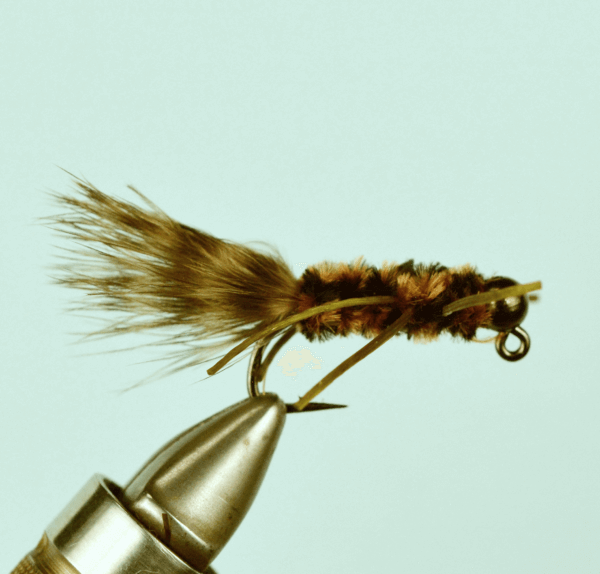
TJ Hooker
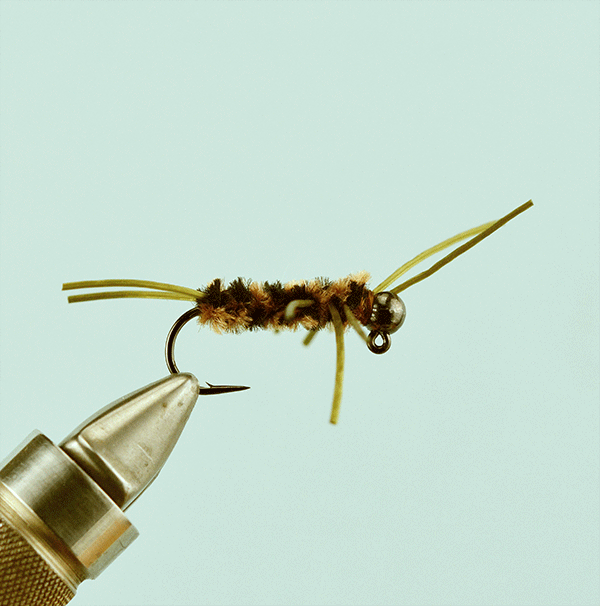
Jig Pats

Pat’s Rubberlegs
These flies- call them nondescripts or generic-take fish at all times through the year. If you had to catch a fish, and we mean HAD TO catch a fish, these are the flies we choose. The best guides in Missoula agree- look in their nymph box and these are pretty much all you see.
Pat’s Rubberlegs and TJ Hookers are simple to tie, sink well, and easily customized to match any stonefly hatch across the country. Because they’re easy to tie in smaller sizes, unlike their more complicated cousins, they cover the immature nymphs extremely well.
A VERY COMFORTING THOUGHT
When we said if you had to catch a fish, this is why. The Pat’s Rubberlegs and the TJ Hooker are NEVER the wrong fly to use wherever multi-year cycle stoneflies are found. Because stonefly nymphs are found every day of the year in edible sizes, they work year round.
Edible size is defined this way, using the PMD as an example. There are always PMD Mayfly nymphs present in Missoula waters, as well as across the west. However, when an 8mm insect lays hundreds of eggs, when those eggs hatch, the nymphs aren’t a food source for the trout- they’re too small. So while they’re always in the water, at the start of their life cycle, they aren’t food for trout. They need time to grow to edible size.
This is in contrast to the Salmon Fly, Skwala and Golden Stone nymphs. They take 2 plus years to gestate, which means even after the hatch, there are edible nymphs available to trout. It’s like the San Juan Worm or a size 16 Pheasant Tail- at any given point in the year, these food forms are available to the trout. When you don’t know what’s going on, put on a TJ Hooker or a Pat’s until you do know what’s going on.
There’s a chance, with those two flies, you may not have to figure out what’s going on, as they will make enough happen to keep an angler happy on the water.
When you go to choose the best stonefly nymph patterns, the options are numerous. Choice can depend on size and weight- you can use a size 4 nymph under an indicator, but not in a Dry/Dropper rig. Are you looking for trout keying on a hatch, or are you searching with a food form available year round. Hatch matchers are often bigger, and better when more focused in size and color. Searching works better with a generic stonefly nymph. But when you’re on a western freestone river, the one thing we do know is you need an array of stonefly nymphs- not to bump up our sales, but because they work!




